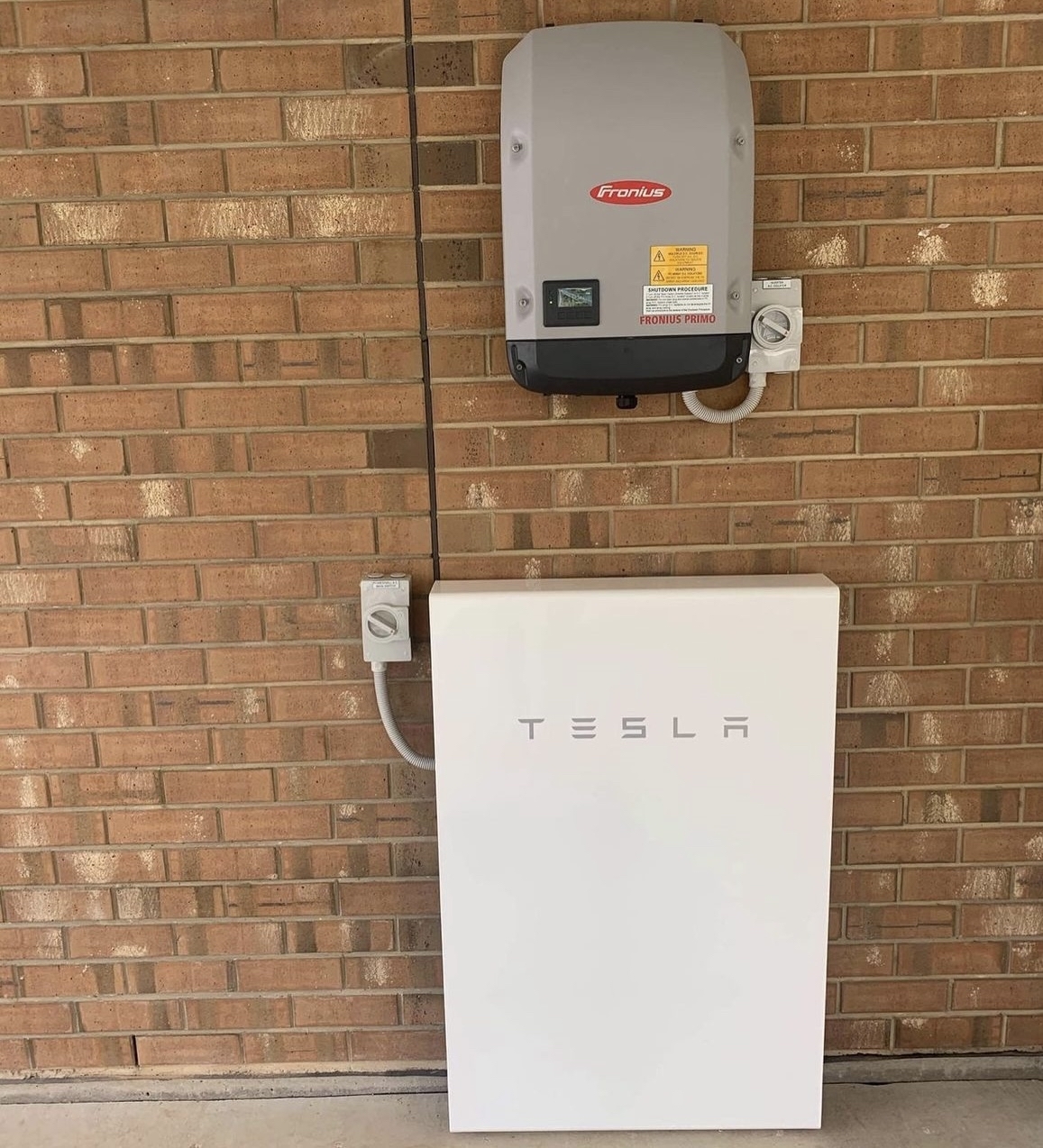
What Happens When Your Solar Battery Reaches the End of Its Life?
Australia’s love affair with solar energy is growing stronger every year. With more households investing in solar battery storage systems, it’s no surprise that many homeowners are now asking an important question:
“What happens when my solar battery reaches the end of its life?”
Like any other technology, solar batteries don’t last forever. But understanding what happens when they do wear out — and how to plan for it — can help you avoid surprises, stay energy-efficient, and protect your investment.
How Long Do Solar Batteries Typically Last?
In Australia, most residential solar batteries have a lifespan of 7 to 15 years, depending on:
- The battery type (e.g., lithium-ion vs. lead-acid)
- How often it’s charged and discharged
- The climate conditions (extreme heat can degrade performance)
- The quality of the installation
- Manufacturer warranties and maintenance
Lithium-ion batteries (the most popular choice today) generally last longer and are more efficient compared to older lead-acid batteries.
Signs Your Solar Battery Is Nearing the End
Your solar battery won’t stop working overnight. It typically shows signs of reduced performance, such as:
- Decreased storage capacity
- Longer charge times
- Shorter energy supply duration
- Reduced energy efficiency
- Error messages or alerts from your battery monitoring system
Most systems today come with a smart monitoring app or online portal that helps you track your battery health and performance over time.
What Happens When the Battery Dies?
When your solar battery reaches the end of its life, it won’t be able to store and release electricity effectively. Here’s what typically happens:
1. Reduced Energy Independence
Your home will rely more on grid electricity, especially during the evening when solar panels aren’t generating power.
2. No Backup in Blackouts
If you had a battery designed to provide backup during outages, that benefit disappears — unless it’s replaced.
3. Lower Savings
Without a functioning battery, your solar power system becomes less efficient. You’ll feed more energy back to the grid during the day (usually at a lower feed-in rate) and draw more from the grid at night (at higher rates).
What Are Your Options at This Stage?
Once your solar battery reaches the end of its useful life, you have three main options:
1. Replace the Battery
Replacing the old battery with a new one is the most straightforward option. Many newer models offer better performance, longer lifespans, and improved warranties. This is ideal if:
- You want to stay energy independent
- You use a lot of power at night
- You’re interested in backup protection during outages
Incentives may be available in your state — such as rebates or low-interest financing options for battery installations.
2. Recycle the Battery
Don’t throw your old solar battery in the bin. Australia has growing infrastructure for battery recycling, and many manufacturers or installers can assist with responsible disposal. Recycling helps:
- Recover valuable materials (like lithium, nickel, and cobalt)
- Reduce environmental impact
- Keep toxic chemicals out of landfill
3. Go Without a Battery
If you no longer want to maintain a battery, your solar system can still function — it just won’t store energy. Your panels will send electricity directly to your home during the day, and any extra will be exported to the grid.
Should You Upgrade When Replacing?
Battery technology has come a long way, and many homeowners use the end-of-life stage as an opportunity to:
- Upgrade to a larger capacity
- Add smart monitoring systems
- Pair with a solar inverter replacement
- Add EV charging capabilities
If your system is more than 10 years old, it may be time to review your entire solar setup and see what other components need updating for optimal performance.
Planning: How to Prepare for Battery Replacement
Here’s how you can proactively manage your solar battery’s lifecycle:
1. Know Your Warranty
Most batteries come with a warranty of 7–10 years or a guaranteed number of cycles. Keep track of this to anticipate when replacement might be needed.
2. Monitor Performance Regularly
Use your system’s app or portal to check how efficiently your battery is storing and releasing energy.
3. Stay in Touch With Your Installer
Good installers offer post-installation support. They can help monitor performance and advise when replacement time is near.
4. Set Aside Funds
Just like you’d budget for a car service or roof repairs, it's wise to plan financially for a future battery upgrade.
Environmental Impact and Recycling Initiatives
Solar batteries contain valuable, but potentially hazardous materials. Recycling them ensures that:
- Toxic materials don’t end up in landfill
- Useful metals can be reused
- The environmental benefits of going solar are preserved
Look for government-supported initiatives or manufacturer take-back programs in your state. In Australia, organisations like B-cycle and Ecobatt are working to make battery recycling easier and more accessible.
Final Thoughts
Solar batteries are a game-changer for homeowners wanting more control over their energy usage — but they do have a lifespan.
When your solar battery reaches the end of its life, being informed and prepared makes all the difference. Whether you choose to replace, upgrade, or recycle, taking action ensures your home stays efficient, your bills stay low, and your impact on the environment remains positive.
Thinking about a battery upgrade or need advice on recycling your old one?
Reach out to a local, SAA-accredited solar professional in Australia to get the right guidance for your home and energy needs.



.jpg)